21 Best Tips to Grow Sweet Potatoes in a Bag
Do you enjoy eating sweet potatoes and wonder how to grow them yourself? Read on to discover how easy it is to grow sweet potatoes in a bag. From planting slips to harvesting and curing, in this post you will find 21 tips to help you successfully grow these delicious roots!
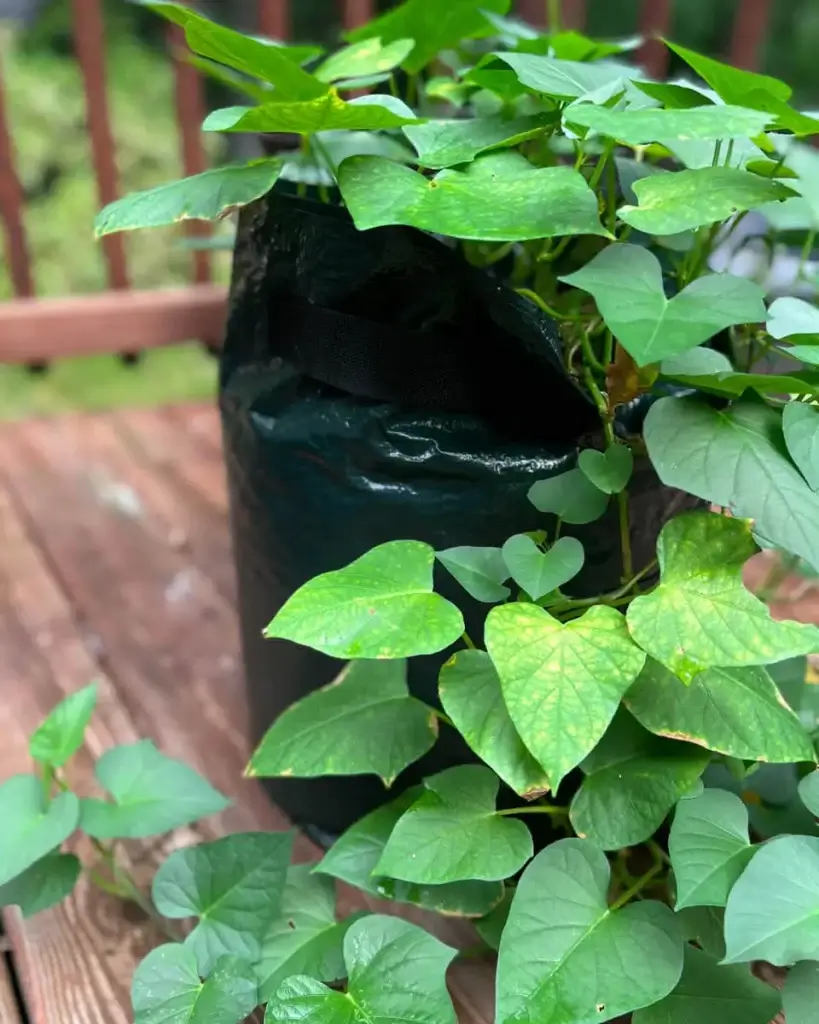
Why grow sweet potatoes in a bag?
Growing sweet potatoes in a grow bag is easier than you may think. Utilizing such a container gives the gardener more control over an already agreeable plant to cultivate. Grow bags are a win win that make this crop perfect for a beginner and is ideal for those with small spaces!
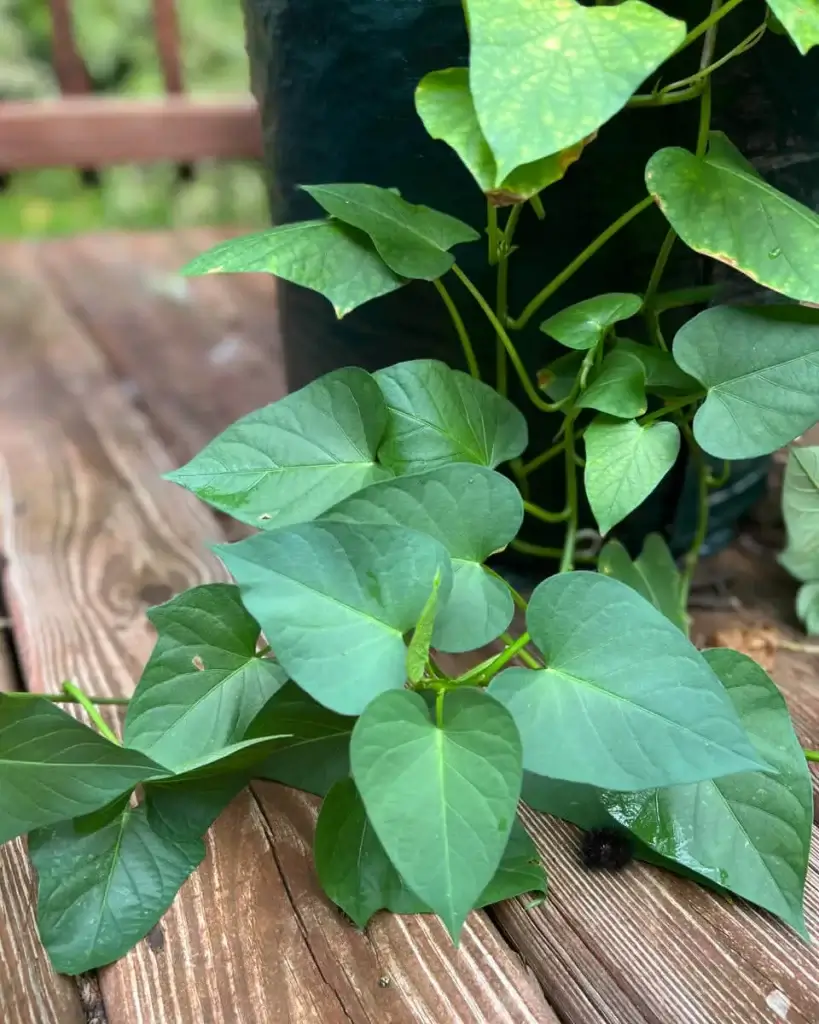
A bit of history
The sweet potato has been around for a very long time. It has been found in tropical climates of Central and South America as much as 5,000 years ago and perhaps also in Polynesia before explorers began to sail West according to Jon Traunfeld, Extension Specialist with the University of Maryland.
Sweet potatoes are part of the morning glory family, a thick storage root, and are not related to a yam. These vitamin rich roots are an important food crop around the world. The potato has been a life saver in many countries that have experienced famine, natural disasters, and crop failure due to disease.
Sweet potatoes are a versatile super food and it is easy to see why people decide to grow this crop. If you are looking for a nutritious, mostly hands-off, drought resistant, dual purpose plant, then this is your crop. Even better, sweet potatoes grow fabulously in numerous climates and conditions.
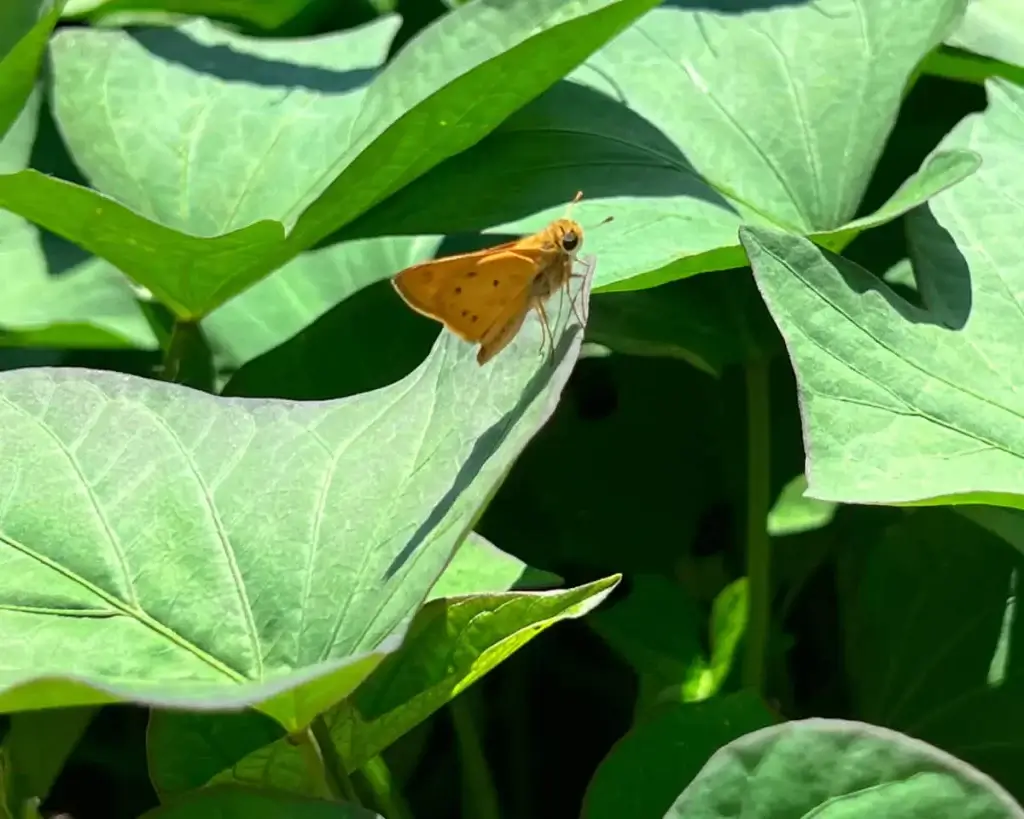
Preparing to grow sweet potatoes
Before planting sweet potatoes, you need to think about a few things first. Sweet potatoes need hot and humid days and warm nights for a long period of time. They thrive in full sun for at least 6 hours a day, but prefer 8+ hours. The days to maturity range between 90 to 120 days. To start, find your gardening zone, take a look around your property, and decide what space might fit these requirements.
1
What is the best type of bag and size to use?
Grow bags come in many sizes and textures. The best one to use will depend on your purpose. For sweet potatoes, a wider grow bag will allow more room for slips to be planted, as compared to a taller grow bag that will hold less slips. I prefer a 10 gallon sized bag with handles because they are easy to move around. I have not found a difference in yield whether using a fabric or tarp like material grow bag. They both are easy to clean and reuse for the next season.
2
What variety of sweet potato grows best in grow bags?
The Porto Rico is a great option for a grow bag as it is considered a “bush” variety with short vines. Whether planted in the ground or grown in a bag, the type of sweet potato you plant will depend on your growing season and personal preference. Some varieties like Centennial and Georgia Jet have shorter days to maturity (90-100) compared to other varieties like Jewel that mature at 105 to 130 days. I prefer the Beauregard variety for its color, flavor, high yield, days to maturity (100), and low pest problems.
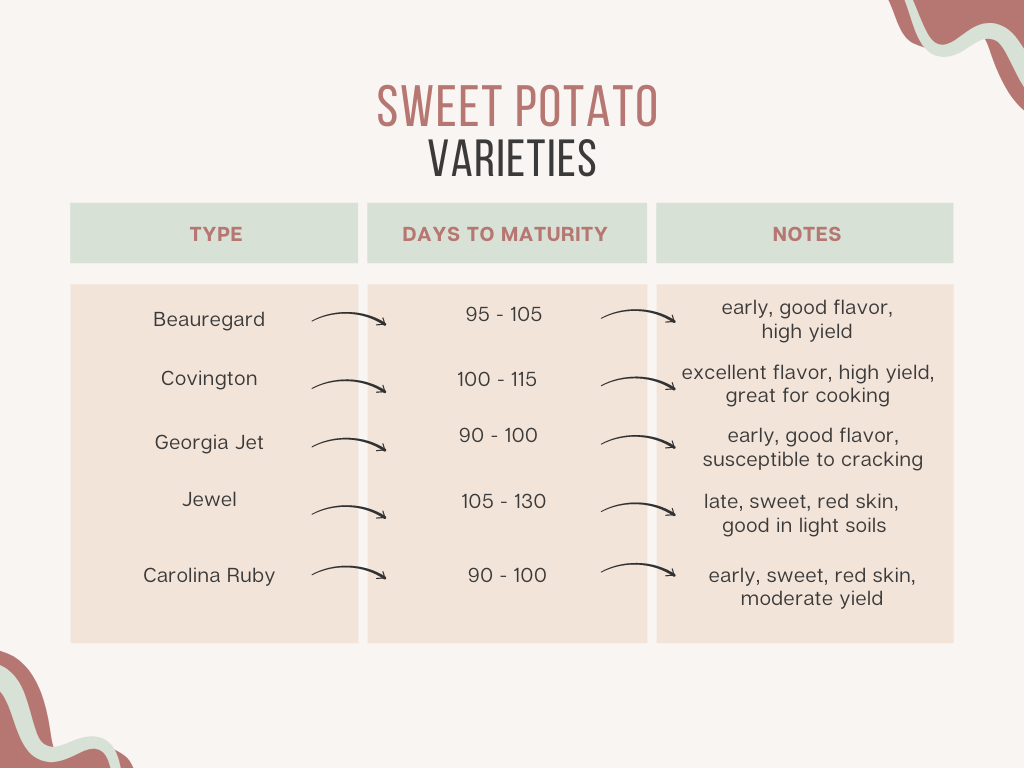
3
What soil is best to use in a grow bag for sweet potatoes?
Sweet potatoes grow best in friable, loose, and loamy soils that drain well. However, using a grow bag for sweet potatoes allows you to have control over the type of soil you use. To prepare for planting, add compost and a small amount of fertilizer (low in nitrogen like a 5-10-10) to potting soil that is good for raised beds or containers and has a pH range of 5.6 to 6.5.
4
What are sweet potato slips?
Sweet potato slips are plant sprouts that have grown as an off shoot from a sweet potato root. Each root produces several slips that you can use to start your plant. You can grow your own slips or order from a reputable source online. I suggest finding a source close to where you live, as they will recommend the best variety to grow in your area.
Planting sweet potatoes in grow bags
Before planting your slips in the grow bags, there are a few things about the soil condition to consider first. If you added fertilizer (5-10-10) to the soil, wait about 10-14 days before planting. Also, make sure the soil temperature is at least 65 degrees when you decide to plant.
5
When should you plant sweet potato slips?
Plant your slips a about a month after the frost free date for your area and when overnight temperatures are at least 50 degrees or warmer. It is best to plant on an overcast day or early evening to keep the slips from wilting in the hot sun. Water thoroughly after planting to keep the roots moist.
6
How many slips should be planted in a grow bag?
Slips should be planted about 10 to 12 inches apart. I find that in a wide 10 gallon bag, you can plant 2 and sometimes 3 slips per grow bag, while I usually plant only one in the tall 10 gallon bags.
7
How deep should you plant a sweet potato slip?
Plant the slip about 4 to 6 inches down in the soil covering at least 2 to 3 nodes. Make sure to leave about 4 inches of the slip’s stem and 4 to 5 leaves above the soil. Firm the soil around the slip and water immediately after planting.
8
Where is the best place to plant sweet potatoes?
Sweet potatoes need as much sun as you can give, at least 6 to 8 hours a day. The beauty of growing sweet potatoes in a bag is that you can move your containers to the site where they will benefit the most from the sun.
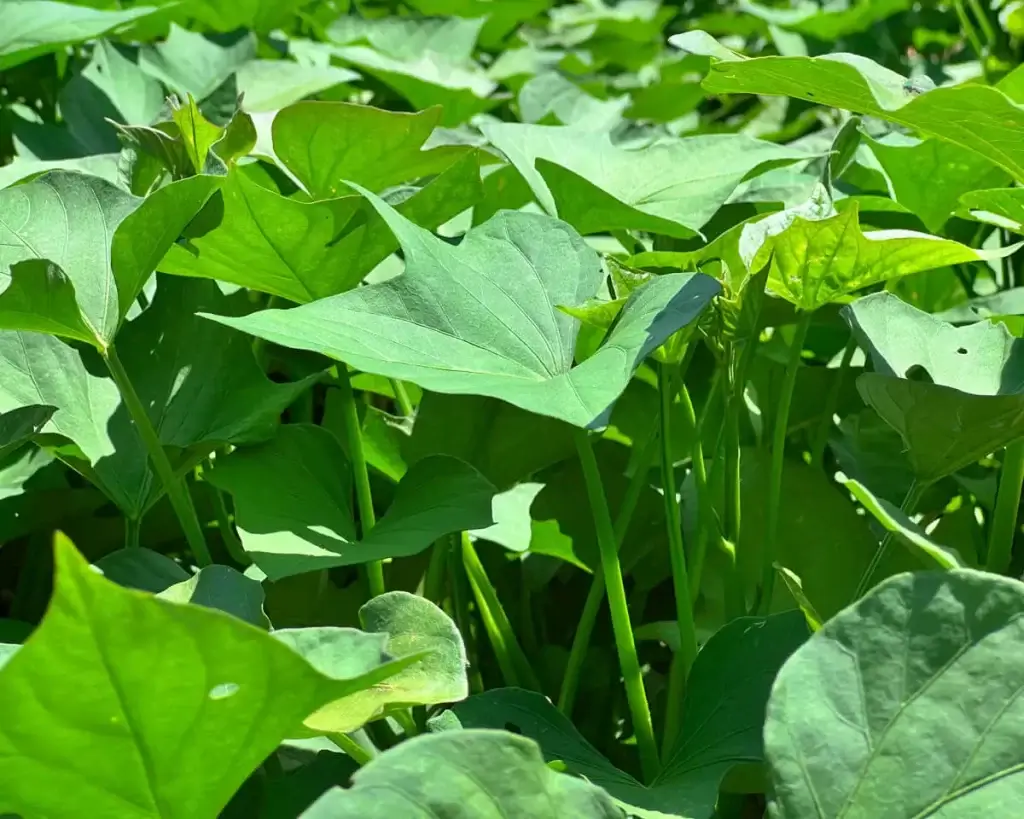
Caring for sweet potatoes in a grow bag
Once sweet potato plants are established, most of the hard work is done. There are few requirements that the plant needs to produce a good yield, which is why this crop is great for a beginner.
9
How often do sweet potato plants need to be watered?
Sweet potato plants need to be watered regularly until they are well established. Water the plants once a week in addition to rainfall for the first 2-3 weeks to keep the soil moist. Cut back on watering once the vines are growing well as roots are sensitive to rotting. Be mindful of the amount of rainfall in your area and let the plants dry slightly between watering.
10
Should you fertilize a sweet potato plant in a grow bag?
Adding fertilizer before planting and half way through the growing season is fine. Sweet potatoes do not need a lot of nitrogen when growing, so use a fertilizer higher in potassium and phosphorus like a 5-10-10. For the second application, apply it as a side dressing.
11
How do you control weeds in a grow bag?
After planting, apply a thick mulch around the slips to help control weeds. I prefer to use a weed free straw mulch. It does a wonderful job shading out weeds and retaining moisture, so the soil does not dry out. Once vines are vigorously growing, they help to keep weeds out too.
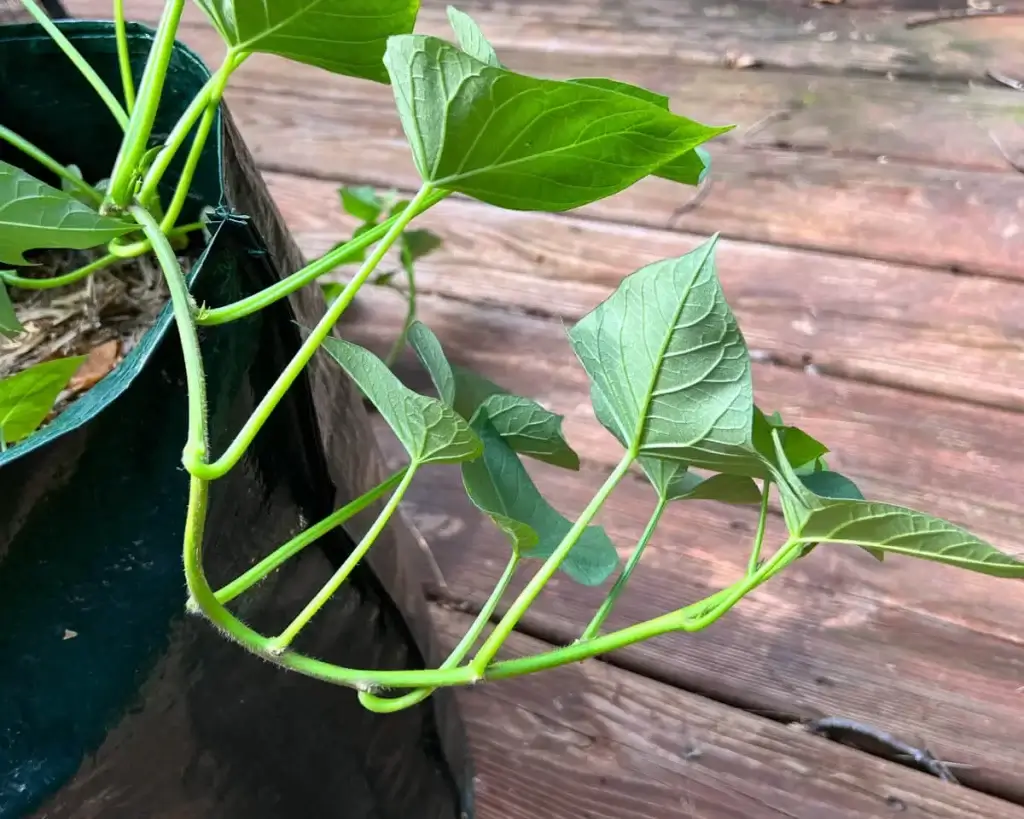
12
Do sweet potato vines need to be pruned or trimmed?
No, but they need to be checked to make sure the vines have not rooted at the nodes and made new shoots. This should not be a problem if using a smaller diameter grow bag and a thick mulch has been applied.
13
What pests or diseases can harm a sweet potato plant?
Fortunately, there are not many pests or diseases to worry about, since you are growing the sweet potatoes in a grow bag! To keep soil diseases of scurf, soil rot, and black rot at bay, make sure your slips come from a reputable source and use crop rotation. I wouldn’t even plant slips in the same soil for the next year.
There are some pests that can be managed by simple means. Possible pests are sweet potato weevils, flea beetles, and leaf hoppers. The use of row covers will help with control. In addition, you can apply a garlic spray to foliage before pests become a problem. It is organic, safe for humans and pets, and will help with keeping wildlife away too!
14
How to protect your sweet potato plant from animals?
Keep an eye on wildlife as deer love to eat the sweet potato leaves and so do rabbits. I use a pop up pest guard net to deter them along with a garlic barrier spray. I apply the garlic spray to foliage about every 10 days. Using a grow bag will also keep groundhogs and voles from getting to the roots and the pop up net will deter them from getting to the leaves.
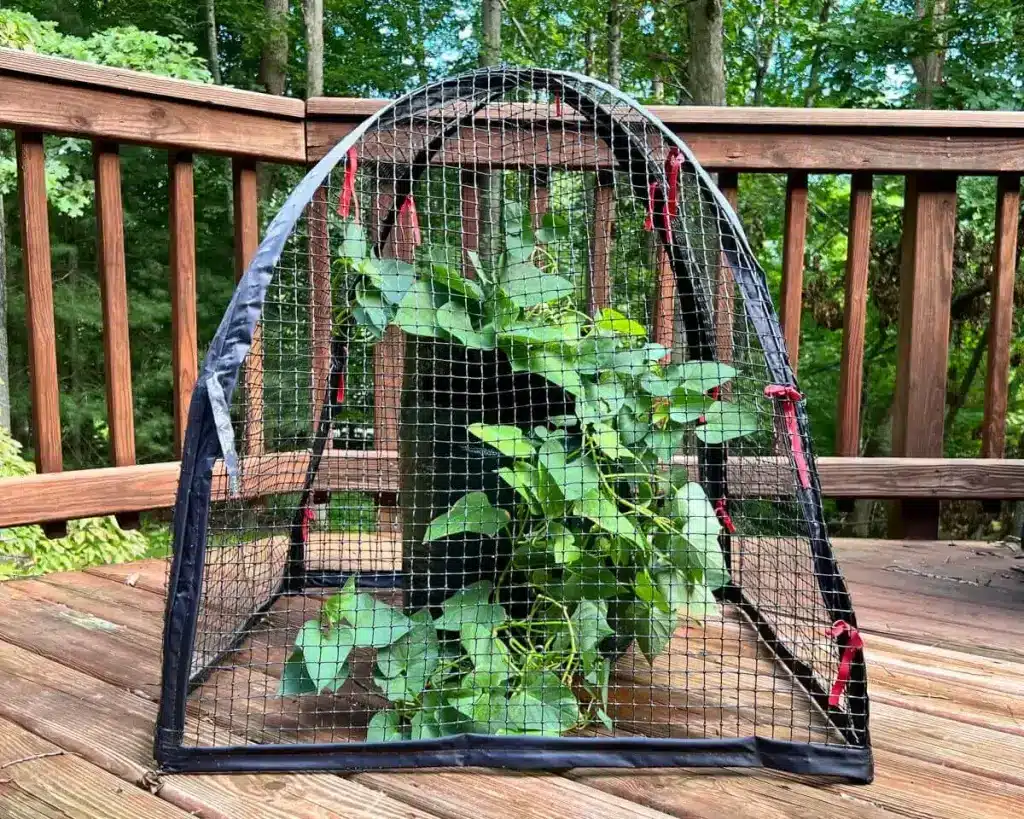
Harvesting & storing sweet potatoes
There are a couple things to think about before harvesting sweet potatoes. First, do not water the last 2 to 3 weeks before harvesting to prevent rotting. This will also give the vines and soil a chance to dry, which helps in digging up the roots. Also, make sure when you harvest that you are ready to move your roots to a place to cure. Freshly dug sweet potato roots can be damaged if left out in the sun for more than a couple of hours.
15
How do you know when it is time to harvest sweet potatoes?
When the leaves on the vine begin to yellow, it is an indication that the roots are mature and have stopped growing. It is best to harvest right before your first frost date as roots are sensitive to cold temperatures. Roots continue to grow until frost kills the vines, but do not leave the roots in the soil once the vines are dead.
Finally, soil temperatures in grow bags can drop faster than ground temperatures. Therefore, check the soil temperature regularly after your variety of sweet potatoes have reached their maturity date. Harvest roots before soil and air temperatures drop below 55 degrees even if leaves are still green.
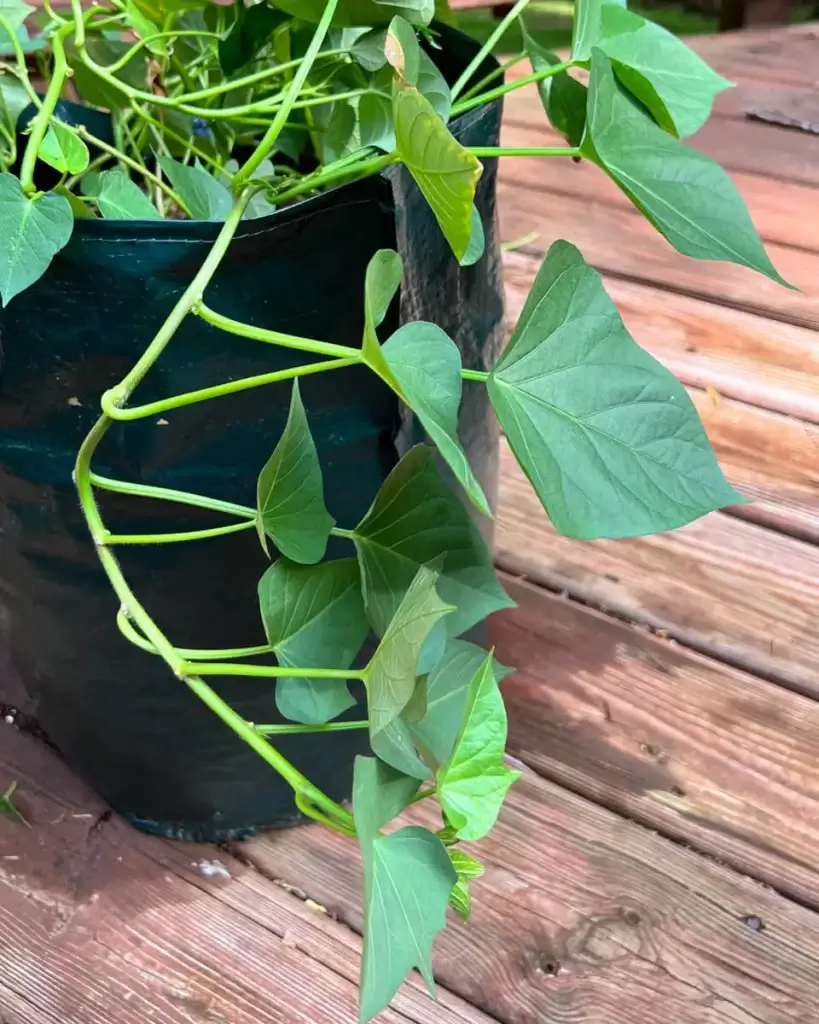
16
How to remove sweet potatoes from the grow bag?
Be careful when harvesting your sweet potatoes, as the roots can be easily damaged. Start by cutting back the vines. Then use a wheel barrow to lay the bag on its side and let the soil tumble out. Use a garden fork or spade to loosen the top soil. Then use a gloved hand instead of garden tools to dig out your sweet potatoes. This will protect the roots from being skinned or bruised.
17
How many sweet potatoes do you get per plant?
Depending on your variety of sweet potato, an average yield is between 6 to 10 roots per plant. If using a container larger than 10 gallons, the roots have more room to grow and you will have a larger yield.
18
How long does it take to cure a sweet potato?
It takes about 10 days to cure a sweet potato and here are a few helpful tips. First do not clean or wipe soil off sweet potatoes as new roots are easily damaged when washed. Next, transfer roots to a warm place (inside or outside) where the temperature is between 80 – 85 degrees and the humidity is 85 – 90%.

Note: If curing roots inside, you can maintain the temperature using a small room with a space heater and a bucket or pan of water. Keep the roots in a well ventilated box above the heater. The roots will be cured this way in about 7 to 10 days. I use a small half bathroom for this purpose that has limited fire hazards (tile floor) since the heater will be constantly on.
19
What is the best way to store sweet potatoes?
Once roots are cured, they may be stored in a dark room that is dry and can maintain temperatures between 55-60 degrees. To prevent dampness, roots can be wrapped in newspaper and put in a wooden crate. Never put sweet potatoes in the refrigerator as roots are damaged by temperatures below 50 degrees. If roots were carefully harvested, cured, and stored they should be good until April or May.
Enjoying the harvest
Once your roots have been cured and stored for about 2 to 3 weeks, it is time to enjoy your harvest. The starches have had time to develop into sugars and the roots are at their peak for flavor.
20
What part of the sweet potato plant is edible?
The obvious answer are the roots, but the leaves are a wonderful part of the plant to eat. Leaves are extremely nutritious and can be cooked like spinach. Combining the leaves and roots in a stew maximizes your crop and nutrition in one meal!
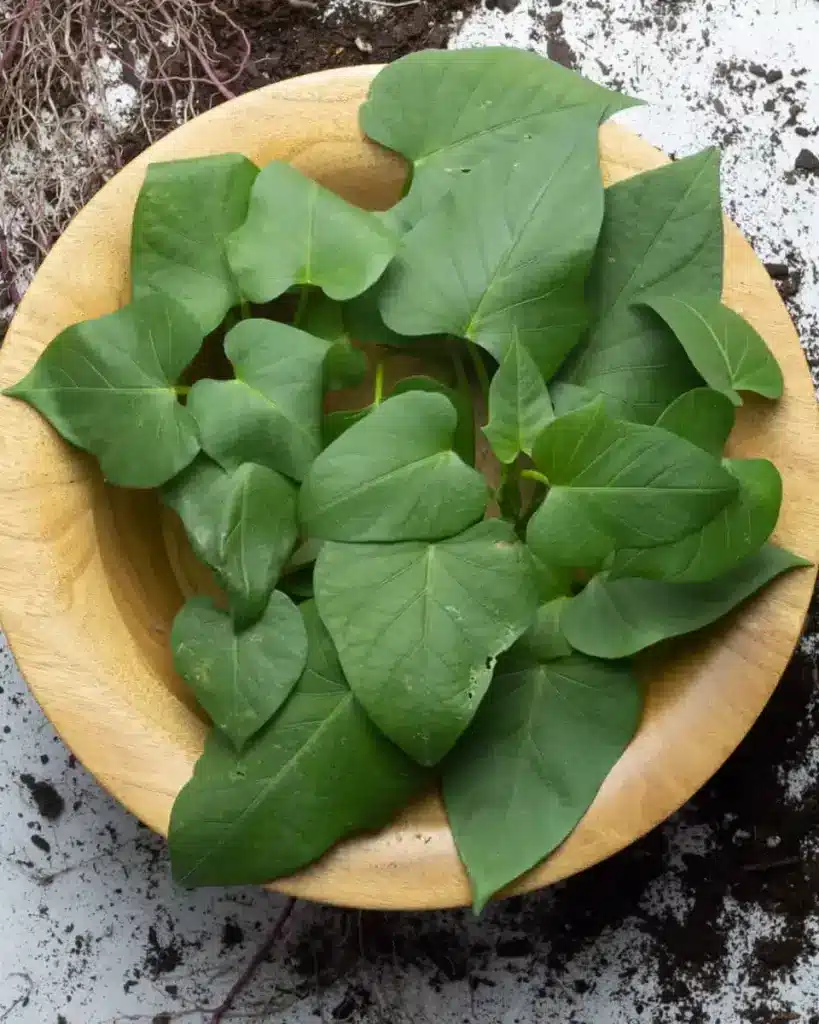
21
What to do with sweet potato vines after the harvest?
Once you have cut the vines from the plant and before harvesting the roots, assess if any of the leaves are still edible. Smaller leaves from newer growth are more tender and are enjoyable in a salad or smoothie, whereas larger leaves are fabulous sautéed like spinach. After leaves have been harvested, the vine and soil from the grow bag can be put into your compost bin to decompose.
Growing sweet potato FAQ’s
Yes, but make sure they are organic or bought from a reliable grower at a farmer’s market. Make sure the sweet potatoes you buy were not treated with any chemicals while growing or after being harvested.
Yes, but the secret to delicious tasting sweet potatoes is to let them cure. During the curing process, starches in the potato are turned into sugars which give the sweet potato their sweet taste. You can use sweet potatoes that were damaged during the harvest right away in stews.
If your sweet potato’s skin was damaged during the harvesting process, don’t throw them out! Most times, the sweet potato will heal these superficial wounds on their skin during the curing process. Sweet potatoes that suffered chilling injuries or rot should be discarded.







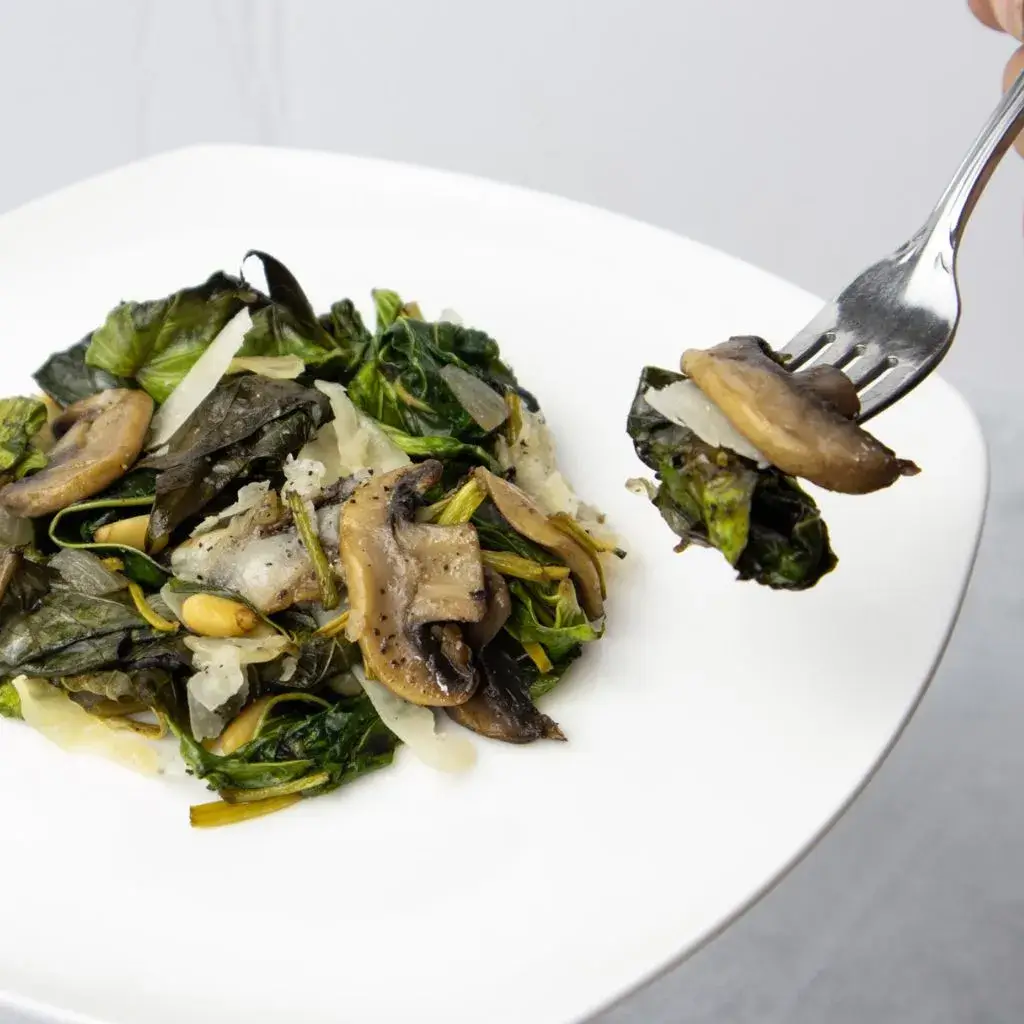


I planted two to three sweet potato slips in the ground and in bags. After reading your site’s information I believe the potatoes are rotten. I have been water them once or twice a day since I planted them in late may or early June. The leaves are turning purple and I have seen a few flowers from leaves. Only a few leaves are yellow. Should I check a bag and see if the potatoes are rotten?
Wanda, Lynchburg VA
Hi Wanda,
It sounds like your sweet potatoes got off to a great start. Once the plants are established, they don’t need to be watered as frequently as you did. Although with the dry summer we had in Virginia, I did water more frequently this year than in years past. Check the days to maturity date for the variety of sweet potatoes you planted and that will give you the best idea of when to check on your roots. Wishing you all the best!
I planted sweet potatoes in grow bag but i see no leaves but the bag is really heavy what do i do?
Hi Bernadine, there are several factors I would need to know to be able to advise you on what to do. Are you in a gardening zone that has the proper weather conditions right now to grow sweet potatoes, as I see your comment is from December. Did you start your potatoes from a slip? If so, it would have several leaves on it when you planted it. How did those leaves fair? Give me a little bit more information on when and how you planted your sweet potatoes and I will try and give some more tips. Take care, Andrea